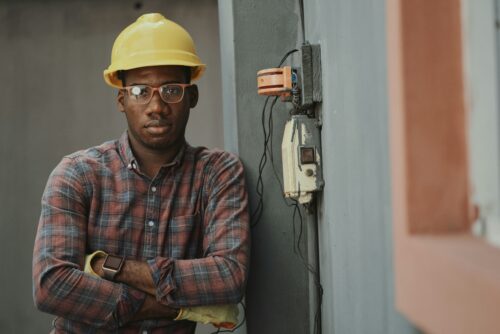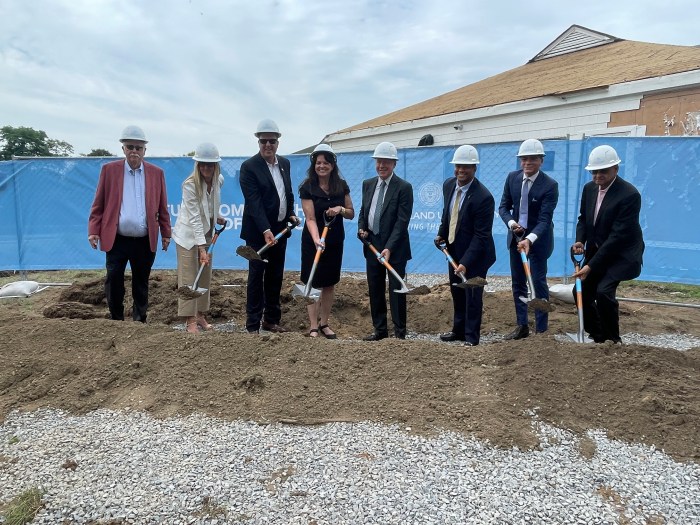When purchasing an older home, the electrical system is one of the most critical aspects to evaluate. Unlike modern homes, older properties often come with electrical systems that may not meet current safety standards or be equipped to handle today’s technology-dependent lifestyles. Understanding the state of the electrical infrastructure can help you avoid costly surprises and ensure your home is safe and functional.
Age Of The Electrical System
The first thing to consider is the age of the home’s electrical system. If the house was built before the 1970s, it might have outdated wiring, such as knob-and-tube or aluminum wiring. Knob-and-tube wiring, common in homes built before the 1940s, lacks grounding and can be a fire hazard. Aluminum wiring, used in the 1960s and 1970s, is prone to oxidation, leading to loose connections and potential fire risks. Both types of wiring may require replacement to meet current safety codes and to secure home insurance.
Electrical Panel Capacity
Another essential factor is the capacity of the home’s electrical panel. Older homes often have panels that provide only 60 to 100 amps, which may be insufficient for modern households that use multiple high-energy appliances and devices. Today, a standard home typically requires a 200-amp panel to safely power everything from HVAC systems to kitchen appliances, computers, and entertainment systems. Upgrading the electrical panel to handle increased power demands is often necessary when renovating an older home.
Grounding And GFCIs
Grounding is another crucial safety feature that might be lacking in older homes. Many older electrical systems were installed before grounding became standard practice. Grounded outlets, which have three prongs, provide a safer path for electricity and help prevent electrical shocks. In areas where water is present, such as kitchens, bathrooms, and outdoor outlets, ground fault circuit interrupters (GFCIs) are necessary. GFCIs protect against electrical shock by shutting off power if an imbalance is detected. If these safety features are missing, it’s essential to have a licensed electrician install them.
Outlet And Wiring Inspection
A thorough inspection of the home’s outlets and wiring is vital. Older homes may have a limited number of outlets per room, which can lead to the overuse of extension cords and power strips, increasing the risk of overloading circuits. The condition of the wiring should be checked. Frayed, brittle, or damaged wires pose significant fire hazards. An electrician can assess the condition of the wiring and recommend repairs or replacements as needed.
Electrical System Compatibility
Modern appliances and devices are designed for today’s electrical standards, which may differ significantly from those in place when the home was built. When purchasing an older home, consider whether the existing electrical system is compatible with modern technology. For instance, if you plan to install central air conditioning, a high-efficiency furnace, or a home automation system, you may need to upgrade the wiring or the electrical panel to accommodate these additions.
Energy Efficiency Considerations
Older electrical systems are often less energy-efficient than newer ones, leading to higher utility bills. Upgrading to energy-efficient lighting, such as LED bulbs, and installing programmable thermostats can help reduce energy consumption. Modern electrical systems are designed to be more efficient, so upgrading the wiring, outlets, and panel can lead to long-term savings on your energy bills.

Safety Code Compliance
Ensuring that the home’s electrical system complies with current safety codes is crucial. Building codes have evolved over the years, and what was once acceptable may no longer meet today’s standards. For example, modern codes require more outlets per room, dedicated circuits for certain appliances, and the installation of arc fault circuit interrupters (AFCIs) in certain areas. An electrician can inspect the system and identify any areas that need to be brought up to code.
Cost Considerations
Upgrading an older home’s electrical system can be costly, so it’s important to factor these expenses into your budget when purchasing the property. The cost of replacing old wiring, upgrading the electrical panel, and installing necessary safety features can vary depending on the size of the home and the extent of the work required. Obtaining a detailed estimate from a licensed electrician before finalizing the purchase can help you plan financially and avoid unexpected expenses.
Hiring A Qualified Electrician
Given the complexities and potential hazards involved in evaluating and upgrading an older home’s electrical system, it’s advisable to hire a qualified electrician to conduct a thorough inspection. A professional can identify potential issues, provide recommendations, and perform necessary upgrades safely and efficiently. Investing in a comprehensive electrical inspection before purchasing the home can save you time, money, and stress in the long run.
When buying an older home, taking the time to carefully assess the electrical system is essential. From evaluating the age and capacity of the wiring to ensuring safety code compliance, addressing these issues upfront can help you avoid costly repairs and ensure your home is safe and functional for years to come. By working with a qualified electrician, you can navigate the challenges of owning an older home and enjoy the charm and character that drew you to it in the first place.



































